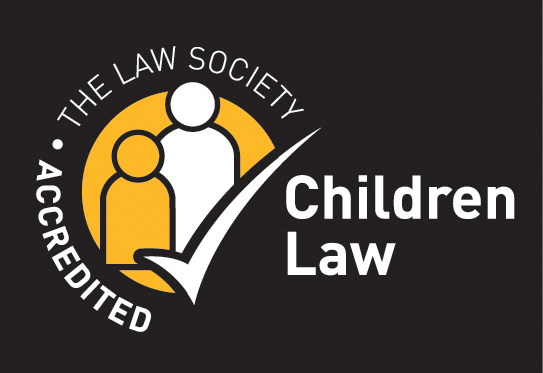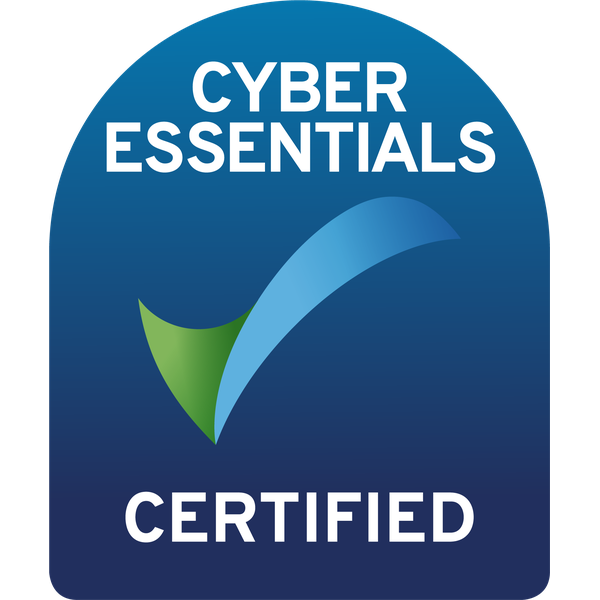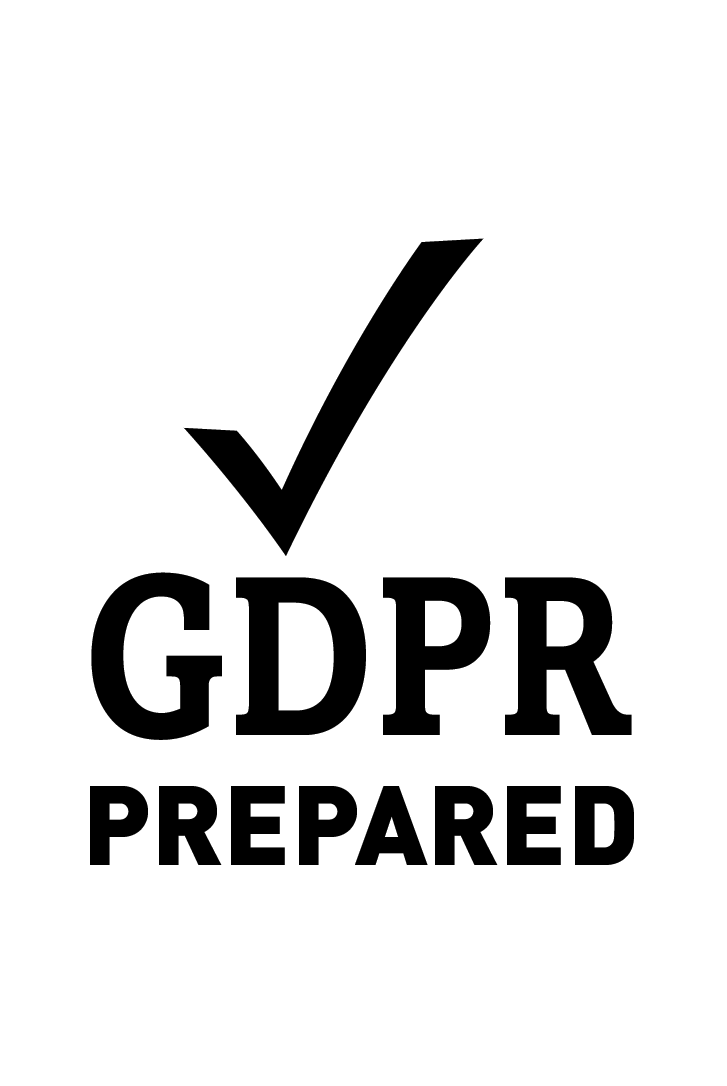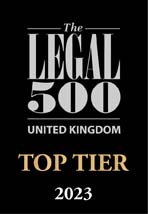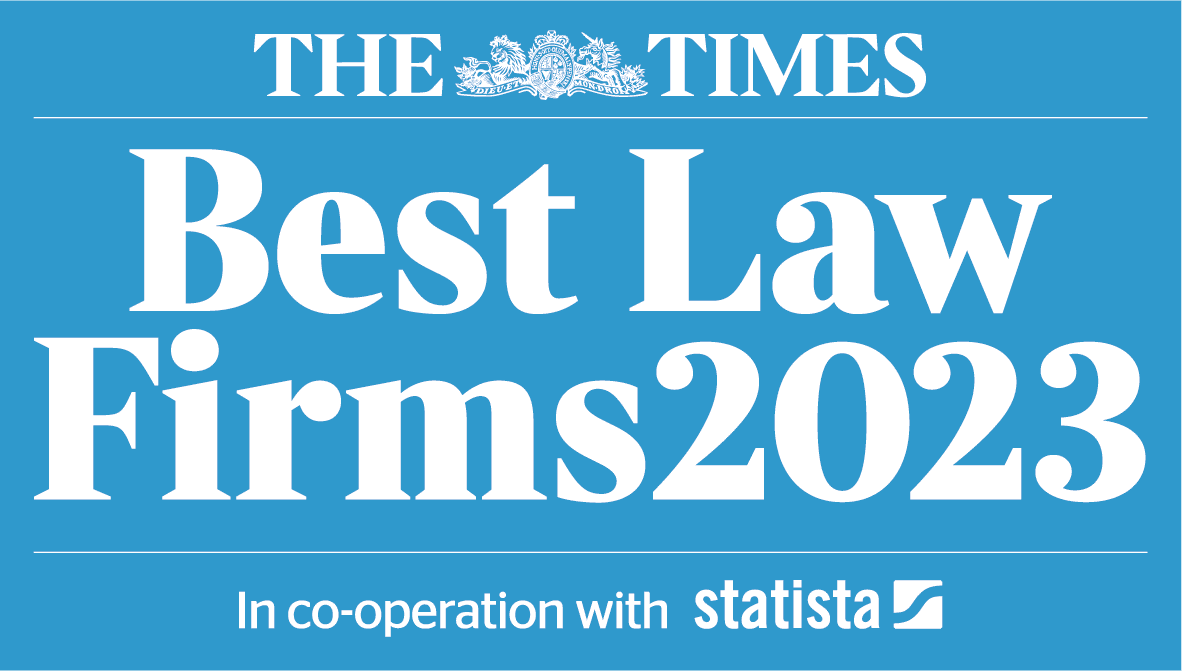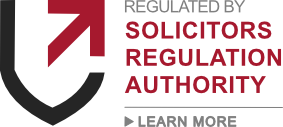ADVERSE INFERENCES and Remaining Silent
Many of us know about the ‘right to remain silent’ when speaking with the authorities. Though in some circumstances, remaining silent can have a negative impact on your case. This is where your silence can lead the court to draw an ‘adverse inference’ (i.e. a negative conclusion or understanding of the person’s position).
Below we look over the law for adverse inferences. If you are in a situation where you are considering your right to silence, please contact us. Receiving early legal advice is crucial to navigating the complexities of the law when under investigation or at trial.
Please contact us through our contact page here. Alternatively you can phone 0333 240 7373, or email us at info@reeds.co.uk.
Section 34, The Criminal Justice and Public Order Act 1994
A court can draw an adverse inference from a defendant’s silence in circumstances as set out in sections 34 to 37 Criminal Justice and Public Order Act 1994.
Section 34 allows an inference to be drawn when a suspect is silent when questioned under caution prior to charge (section 34(1)(a)).
An inference can also be drawn when a defendant is silent on charge (section 34(1)(b)).
These subsections are distinct and the fact that no inference can be drawn from silence during questioning does not mean that no adverse inference can be drawn from silence on charge.
In Dervish and Anori [2001] EWCA Crim. 2789, the trial judge had ruled that the defendants’ no comment interviews were inadmissible, but had directed that the jury may draw an adverse inference from silence at charge in accordance with section 34(1)(b). At the Court of Appeal, the defendants had argued that this approach was wrong as the two limbs of section 34 were inextricably linked. The Court of Appeal rejected this argument and approved the judge’s approach.
There are two points that arise – (1) if faced with a situation of silence on charge and interview, the prosecution may choose to remind the court of the potential drawing of adverse inference under both subsections, and; (2) if there is any doubt as to the admissibility of the interviews, the prosecution could be prepared to invite the court to draw an adverse inference under section 34(1)(b) if applicable.
This guidance will concentrate on section 34, as it is under this provision that adverse inferences are almost always invariably drawn.
Sections 35 to 37, The Criminal Justice and Public Order Act 1994
Section 35 allows an inference to be drawn when a defendant is silent at trial. However, this section prevents an inference from being drawn when it appears to the court that “the physical or mental condition of the accused makes it undesirable for him to give evidence.”
R v Cowan [1996] Q.B. 373 sets out the five steps that a court must take prior to a section 35 adverse inference being drawn:
- The judge must tell the jury that the burden of proof remains upon the prosecution throughout and what the required standard is;
- The judge must make clear to the jury that the defendant has the right to remain silent;
- An inference from failure to give evidence cannot on its own prove guilt;
- Therefore the jury must be satisfied that the prosecution have established a case to answer before drawing any inferences from silence. The jury may not believe witnesses whose evidence the judge thought raised a prima facie case;
- If, having considered the defence case, the jury concludes that the silence can only sensibly be attributed to the defendant’s having no answer or none that would stand up to cross-examination, they may draw an adverse inference.
In R v Becouarn [2005] UKHL 55, the House of Lords held that a jury did not have to be directed that there might be reasons for not giving evidence other than the inability to give an explanation or answer the prosecution case.
For the courtroom procedure pertaining to section 35, refer to The Consolidated Practice Direction (26 May 2005).
Section 36 allows an inference to be drawn when a person fails or refuses to account for objects, substances or marks found:
- on his person; or
- in/on his clothing or footwear; or
- otherwise in his possession; or
- in any place at the time of his arrest,
and when an investigating officer reasonable believes that the presence of such a mark, or substance or object may be attributable to that person’ participation in the commission of an offence specified by the officer.
Section 37 allows an inference to be drawn when a defendant fails or refuses to account for his presence at a particular place where it is believed that he may have committed an offence.
Section 38, Interpretation and Savings
Section 38 defines “legal representative” and “place”.
Reference to “offence” includes any other offence of which the accused could be convicted on that charge, i.e. alternative charges as permitted by section 6(3) and 6(4) Criminal Law Act 1967.
Note section 38(3), which prevents a defendant being convicted (or committed or sent) solely on the basis of an adverse inference drawn from a silence. There must be a prima facie case against the defendant – R v Cowan [1996] Q.B. 373.
The Right to Silence and the ECHR
The right to silence is protected by the European Convention of Human Rights. Although there is no express entitlement to remain silent, it has been held to be part of the generally recognised international standard of justice and is part of the system established by ECHR – Murray (John) v UK (1996) 22 E.H.R.R. 29. However, this right is not absolute:
“Whether the drawing of adverse inferences from an accused’s silence infringes Article 6 is a matter to be determined in the light of all the circumstances of the case, having particular regard to the situations where inferences may be drawn, the weight to be attached to them by national courts in their assessment of the evidence and the degree of compulsion inherent in the situation.” (Murray (John) v UK (1996) 22 E.H.R.R. 29.)
Sections 34 and 35 are, per se, not a breach of the ECHR. In Condron v UK (2001) 31 E.H.R.R. 1, the Strasbourg Court recognized that the CJPOA aims to strike an appropriate balance between the right to silence and the drawing of adverse inferences. Particular caution is required before an adverse inference can be drawn, but in a situation when an explanation is clearly called for from the defendant, then his silence will be relevant in assessing the persuasiveness of the evidence adduced by the prosecution.
The six necessary conditions prior to an adverse inference being drawn
The purpose of section 34 is:
(a) to discourage an accused from fabricating a defence late in the day; and
(b) to encourage the accused to make speedy disclosure of any genuine defence or any fact which may go toward establishing a genuine defence. (See R v Roble [1997] Crim LR 449).
In R v Argent [1997] 2 Cr.App.R. 27, Lord Bingham set out the six formal conditions that must be satisfied before an adverse inference can be drawn:
- There must be proceedings against a person for an offence;
- The alleged failure to mention a fact at trial must have occurred before charge, or on charge;
- The alleged failure must have occurred during questioning under caution. (Refer to Archbold 15-484 to 15-486 on the question of when a suspect should be cautioned.);
- The questioning must have been directed to trying to discover whether or by whom the alleged offence was committed;
- The alleged failure of the accused must have been to mention any fact relied on in his defence in those proceedings;
- The alleged failure must have been to mention a fact which in the circumstances existing at the time the accused could reasonably have been expected to mention when so questioned.
“In the circumstances” has been construed to include, when relevant, time of day, defendant’s age, experience, mental capacity, state of health, sobriety, tiredness, knowledge, personality and legal advise might all be relevant. R v Howell [2003] Crim.L.R. 405.
When section 34 applies, such inferences may be drawn from the silence as appear proper to a court or jury in determining whether the accused is guilty of the offence charged. Section 34 can also apply in determining applications to dismiss charges or that there is no case to answer.
Courts have indicated that the adverse inference provisions should be interpreted restrictively as section 34 effectively restricts a common law right that was once thought to offer appropriate protection to defendants against the risk of injustice R v Bowden [1999] 2 Cr.App. R. 176. In R v Brizzalari [2004] EWCA Crim 310, the Court of Appeal urged prosecutors not to complicate trials and summings up by invoking the 1994 Act “unless the merits of the individual case required that it should be done.”
What prevents Section 34 applying?
- No adverse inferences can be drawn if the police have made up their mind to charge. Under the provisions of Code C paragraph 11.6, questioning must cease once the investigating officer/custody sergeant is of the view that there is a realistic prospect of conviction, and any interview after that point should not take place – Pointer [1997] Crim.L.R. 676. (But note that if the officer still has an open mind to the involvement or otherwise of the suspect, an interview can proceed even if there is clear evidence of guilt – Gayle [1999] Crim.L.R. 502, CA).
- No adverse inference can be drawn if the case is so complex or related to matters so long ago, that silence would be justified as no sensible immediate response was appropriate.
- No adverse inferences can be drawn if the facts in question were not known to the defendant at the time when he failed to disclose them. Nickolson [1999] Crim. L.R. 61.
- No adverse inferences can be drawn unless legal advice is offered or made available from the initial stages of interrogation. This principle applies to terrorism cases. Murray (John) v UK (1996) 22 E.H.R.R. 29; Averill v UK [2001] 31 E.H.R.R. 3 and section 58 Youth Justice and Criminal Evidence Act 1999.
- The language of section 34, (and subsections 36 and 37) indicate that adverse inferences cannot be drawn if the defendant faces trial on a different offence from that with which he was charged or given warning of prosecution (section 34) or which was originally specified when he was cautioned (section 36) or arrested (section 37). In the light of the charging program, such a situation should now be a rare occurrence.
- A bare admission of facts in the prosecution case, or a mere suggestion or hypothesis are not facts relied on by the defence for the purposes of section 34. Betts and Hall [2001] 2 Cr.App.R. 16. Mere suggestion or hypothesis cannot be a foundation for adverse inferences. Nickolson [1999] Crim. L.R. 61.
When can Section 34 apply?
- Adverse inferences can be drawn from failure to mention facts even though the police did not ask questions about all the charges eventually laid especially where the suspect could have made a note for his legal advisers. Napper [1996] Crim. L.R. 591, CA.
- Adverse inferences can be drawn if there is a failure to mention a fact could relate to something said at a second or subsequent interview and which was not mentioned at the first interview. McLernon [1992] N.I. 168.
- Adverse inferences can be drawn from failure to mention a fact later relied on even though it causes no surprise to the prosecution (Fox and Sullivan, unreported, 2.07.9). The defence can rebut allegations of recent fabrication by calling a third party to give evidence that the fact was disclosed at the time (usually the solicitor who attended at the police station).
- Adverse inferences can be drawn even though the details of the fact relied on and not mentioned to the police, had been communicated to a third party. Taylor [1999] Crim.L.R. 77 CA.
- The fact relied on need not be in the defendant’s own evidence. Reliance can be through the evidence of other witnesses or even through cross-examination of prosecution witnesses or the defendant or his witnesses. Bowers [1998] Crim L.R. 817, CA and Webber [2004] UKHL1 is the most recent case to reiterate this point.
- Adverse inferences can be drawn even when the truth or otherwise of the defendant’s explanation for failure to mention the fact is the very question the jury has to decide in determining guilt. Hearne and Coleman [2000] 6 Archbold News 2, May 4. and Gowland-Wynn [2001] EWCA Crim 2715.
Pre-interview Disclosure
As noted above, no adverse inferences can be drawn if the facts were not known to the defendant at the time when “he failed to disclose them” at interview/charge. Under the Criminal Procedure and Investigations Act 1996 the investigator is under no obligation to reveal the prosecution case to the suspect or their legal representative before questioning begins. However, the Court of Appeal has held in R v Argent [1997] 2 Cr App R 27, R v Imran and Hussain [1997] Crim L.R. 754 CA and R v Roble [1997] CLR 346 that if the police disclose little or nothing of the case against the suspect, so that a legal advisor cannot usefully provide advice to their client, then this may be a good reason for the solicitor to advise the suspect to remain silent.
This means that the interviewing or investigating officer must disclose sufficient information to enable the suspect to understand the nature and circumstances of their arrest. There is no requirement for the police to present a prima facie case before questioning the accused or to give the defence solicitor a full briefing before questioning the suspect. Imran and Hussain [1997] Crim.L.R. 754, CA and Farrell [2004] EWCA Crim 597.
If the investigator feels that it is necessary to withhold information from the legal representative during a pre-interview briefing, they should be able to explain clearly the reasons supporting this approach in any future proceedings.
Legal Advice to be Silent
To avoid the drawing of an adverse inference, some defendants will state that they remained silent because they were advised to do so by their legal adviser. The defendant’s statement that he was silent on legal advice is not hearsay, provided that the purpose is limited to explaining why the defendant decided to remain silent. However, such a course will not necessarily avoid the application of section 34. In R v Hoare and Pierce [2004] EWCA Crim 784 the Court of Appeal held that when such an explanation is put forward, a jury should consider whether it was reasonable for a defendant to rely on such advice.
This principle was further developed in R v Beckles [2005] 1 WLR 2829 in which the Court of Appeal set out a two stage test for juries to consider before drawing an adverse inference:
- Did the defendant genuinely rely on the legal advice, i.e. did the defendant accept the advice and believe that he was entitled to follow it? and
- Was it reasonable for the defendant to rely on the advice? By way of example, a defendant may be acting unreasonably if he relied on the legal advice to remain silent because he had no explanation to give and the advice suited his own purposes.
Reasonableness does not depend on whether the advice was legally correct or whether it complied with the Law Society’s guidelines. R v Argent [1997] Crim.L.R. 449 CA and R v Roble [1997] Crim.L.R. 449, CA.
The Defendant waiving Legal Privilege
The inquiry into the reasonableness or otherwise of relying on legal advice may lead to the defendant’s legal professional privilege being deemed to have been implicitly waived. As a result, that lawyer who gave the advice may have to give evidence.
Privilege will not be waived if the defendant merely gives evidence to the effect that he was advised to be silent. If the defendant explains the reasons for the advice or the circumstances then that could amount to a waiver of the privilege. R v Bowden [1999] 4 All E.R. 43.
Privilege will not be waived if a solicitor is called to rebut an inference of subsequent fabrication by giving evidence that the fact was communicated to him by the defendant at or about the time of the interview. R v Condron and Condron [1997] 1 W.L.R. 827.
If privilege is waived, then the prosecution can ask questions of the defendant and the solicitor (if called) to discover whether such advice was given for tactical reasons. Such questions that could be asked are:
- Why was the advice was given;
- if there were any other reasons for the advice;
- The nature of the advice. R v Condron [1997] 1 Cr.App.R. 185.
Whether privilege has been waived will depend on the facts of each case, and where appropriate, should be raised in the absence of the jury.
Prepared and self-serving statements practice and procedure
To avoid the drawing of an adverse inference, some defendants will read out a pre-prepared statement and then refuse to answer any further questions. In some cases, it will be the legal advisor who reads out the statement.
An adverse inference cannot be drawn by a defendant who merely refuses to answer police questions after a pre-prepared statement is read out. R v Knight [2003] EWCA 1977 and R v Turner (Dwaine) [2004] EWCA Cim 3108.
Nor can an adverse inference be drawn if the defendant gives evidence at trial that is completely consistent with his pre-prepared statement. R v Knight [2003] EWCA 1977 and R v (1) Ashgar Ali (2) Liaqat Ali (3) Sarfraz Ali [2001] EWCA Crim 683.
However, it is important for prosecutors to realise that an adverse inference can be drawn if the defendant gives evidence that is inconsistent with the statement or mentions a fact which at the time of the interview, it would have been reasonable to include in the pre-prepared statement. In R v Knight [2003] EWCA 1977, Laws LJ stated:
“We wish to make it crystal clear that of itself the making of a pre-prepared statement gives no automatic immunity against adverse inferences under section 34.” (paragraph 13).
When evidence has been given which is inconsistent with the contents of a pre-prepared statement, the inferences that a jury can draw are not limited to recent fabrication. This is because the courts have recognised that such an inference would be of limited use when a pre-prepared statement is read out in interview. However, it is open for a jury to consider whether the accused did not respond to the police questions because his/her account would not stand up to questioning or any other adverse inference that they deem appropriate. R v Beckles and Montague [1999] Crim LR 148.
A self-serving statement is a statement by an accused, which is wholly exculpatory, and the admission of which is sought in order to prove the truth of the contents therein. Moreover, in R v Pearce 69 Cr.App.R 365 CA, it was held that self-serving statements which are prepared by suspects and handed to the police with a view to it becoming part of the prosecution case eventually, should be excluded by the judge at trial (pages 369-370 of the judgement).
Self-serving statements can become admissible as previous inconsistent statements. That is to say that the pre-prepared statement could be used to cross-examine the accused if he/she departs from its contents whilst giving evidence. Inconsistent statements must still be admitted or proved in accordance with the Criminal Procedure Act 1865. The CPA 1865 requires that any inconsistent or former statement is mentioned to the witness and he must be asked whether or not he made such a statement before proof of the making of the statement is given.
By virtue of section 119 Criminal Justice Act 2003, such statements are now admissible as evidence of the truth of matters stated therein, as if oral evidence of the matter were admissible. Effectively, this means that a jury would have to consider the two evidential statements which have been adduced, but which are inconsistent with each other. Such a situation would reflect on the credibility of the defendant.
Procedure
Evidence of the failure to mention the fact in questions can be given either before or after evidence has been given which tends to establish the fact. Initially, the prosecution should normally just state that the defendant, after being cautioned, did not answer questions. If and when he gives evidence and mentions facts which in the view of prosecution counsel he could reasonably have been expected to mention in interview, he can then be cross-examined as to why he did not mention them in interview.
The issue is normally put before the judge in the absence of the jury at the conclusion of all the evidence. If the judge rules that no adverse inference can be drawn, they will have to expunge the cross-examination from their memory.

